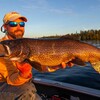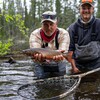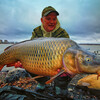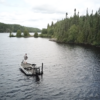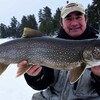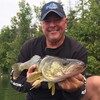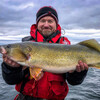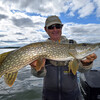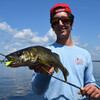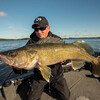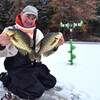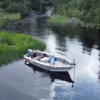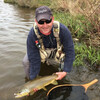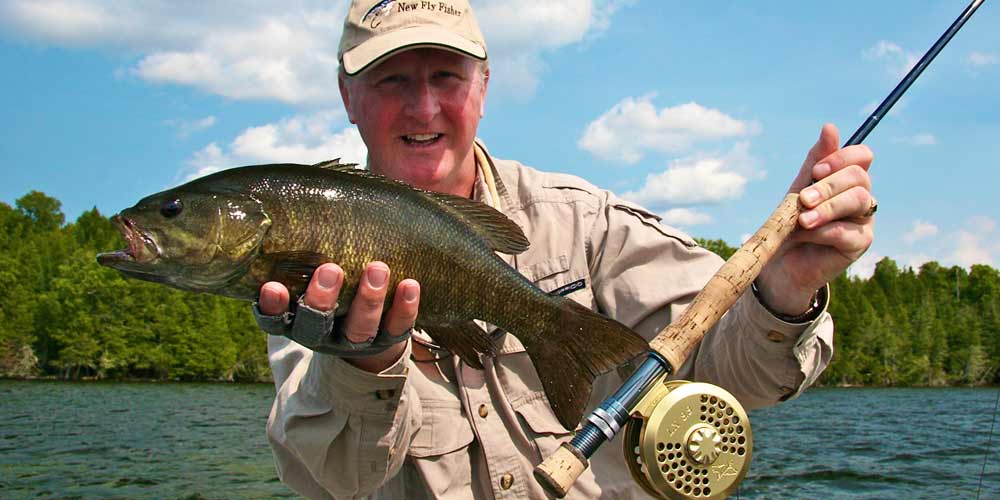
Why I Use Sinking Fly Lines
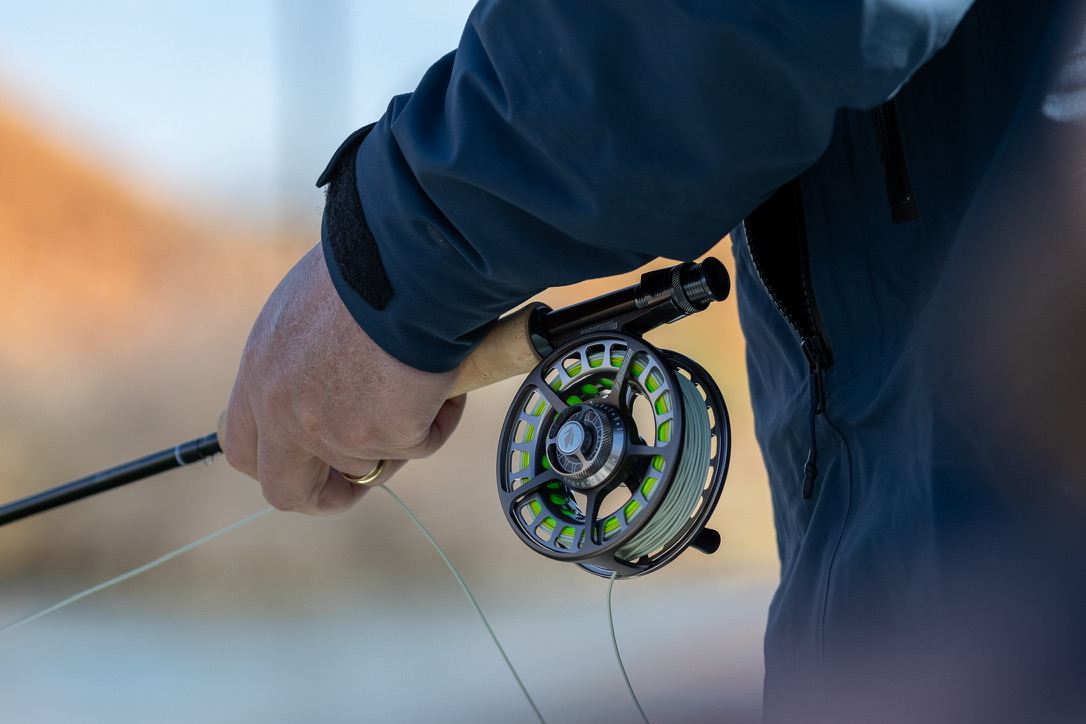
A golfer doesn’t shoot 18 holes with only one club. While they could, it would be rather silly as there isn’t a single club that is suitable for every situation that a golfer finds themselves in. Just like the golfer on the links, a fly fisher can’t do everything with just one line. Fortunately, for us, sinking fly lines have come a long way over the past 20 years, giving the fly angler the ability to fish through just about every situation that they might find themselves in.
Fifty years ago, my father had a Wetcel sinking line in his kit. It was on the original clear plastic spool that it came in and I don’t think that he used it more than a couple of times When I asked him about it, he was fairly emphatic that it was simply too difficult to cast and after trying it several times, he gave up on and so it sat for years, in the bottom drawer of his old fly fishing chest. That would be my first impression of sinking lines and I don’t think that I really thought about them much until I began fishing the Great Lakes. Within a few months, I realized that a floating line would not get the job done all of the time and, in fact, looking back, I would say now, that my garden variety floating lines get used only about 50 percent of the time, leaving the other 50 percent to various sinking systems.
What’s A Sinking Line?
Sinking lines come in a variety of tapers, sink rates and lengths of heads. (The business part of the fly line is what we refer to as, “The head”. This is generally the first 30 or so feet that we are carrying in the air during a cast.) From sinking tips, anywhere from the first six to 15 feet, to full sinking lines, we now have the ability to effectively and efficiently fish from just inches under the surface to about 20 feet deep. If you push it and get creative, you are certainly not limited to 20 feet, but we’ll use that as the threshold for the purpose of this.
So why are they more efficient than they were in my father's day? This simple answer is that the technology has improved to the point that casting these modern lines is just not as cumbersome and unmanageable and further to that, if you have the proper grain weight on your rod, they can actually be rather pleasant to cast and fish. That said, I won’t be getting into the technology as that would take too much. My suggestion would be to do some research or get with your local fly shop to help you find the right lines for you and your needs.
Rob’s Top 4 Sinking Lines (Because 5 Is Too Many)
In terms of my needs, the majority of time on the lakes and rivers that I fish, I’m concentrating from the surface to about 10 feet in the column and casting 6wt to 9wt fly rods, and I feel that that’s where most anglers are. Here are my top 4 favourite sinking lines and the “Why’s”.
1. Scientific Anglers Sonar Titan Full Intermediate
Available in weights 6 through 12, this line is ultra-versatile and ultra fishy. Intermediate lines sink at a rate of about 1.5” to 2” per second, making them a terrific shallow water streamer line, but they are by no means limited to that. I’ve used this line for Great Lakes steelhead during low water conditions, for pike and musky around weed beds and it is my absolute “Go to “ line for smallies in rivers. The beauty of this line, beyond its versatility, is that it keeps the fly below the surface but doesn’t have any distractive surface movement that you can get from a float line. It also affords you the opportunity to use short leaders, like five feet or less, which are far easier to cast than long leaders on floating lines to achieve the same depth. In short, this line goes with me everywhere and gets used more than any other in my kit.
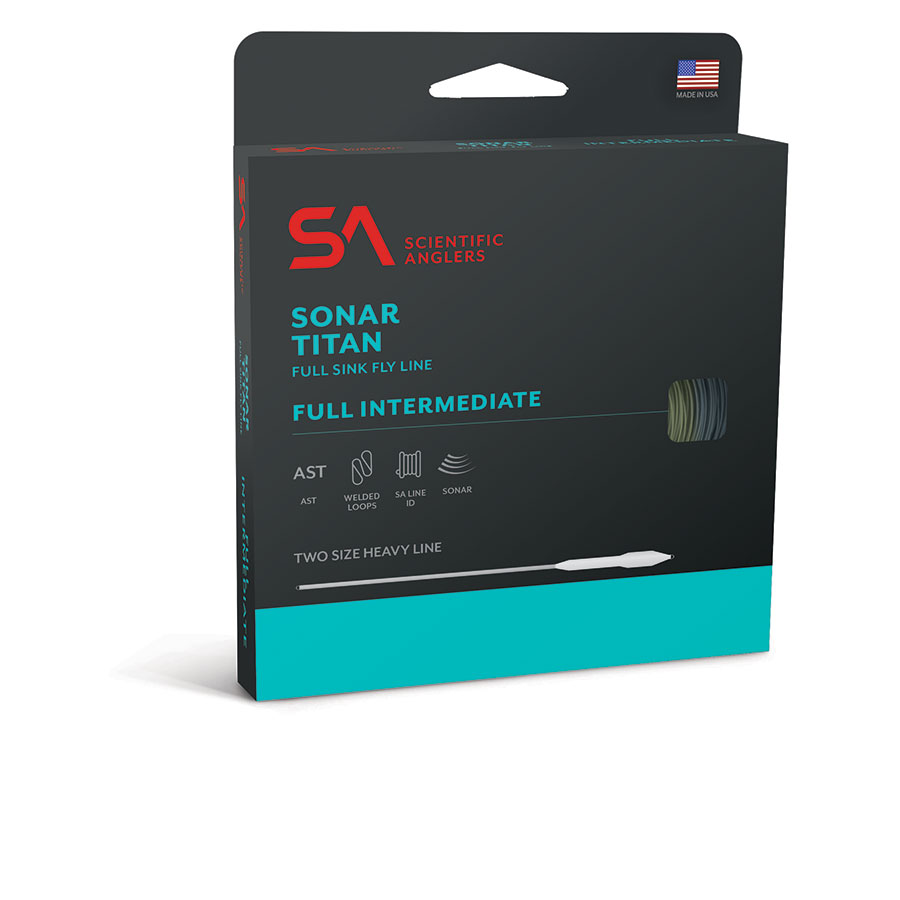
2. Scientific Angers Titan 3D Sink
This line has been a game changer for me and another that I can’t live without. Available in weights from 6wt through 12, (In varying configurations), the 3D or Triple Density is, in my opinion, the best multi-purpose sinking lines available. The line weight or “Sink” configuration is, as the name states, three different densities, with the lightest at the back. What this does is, it allows the fly to sink at a counted rate, however, there is no hinge point as we often get with a floating line to a sink tip, regardless of how long the tip is. In short, when you are pulling a streamer, you are 100 percent direct to the fly and will have much better sensitivity throughout the retrieve.
Again, a very versatile line that has applications for steelhead, and streamers in rivers and lakes, when you need to get a fly down and keep it down through the strip.
It’s available in 3 different sink rates ranging from intermediate/Type 2/ Type 3, Type 1/3/5 and 3/5/7.
Note: The “type” designation, represents the sink rate. Ie: Type 3, sinks at a rate of 3” per second.
Like any sinking line, you need to be aware of the rate of sink in relation to your depth so use the tip sink rate as a loose “Countdown” guide. You may find in the beginning, as you will with most sinking lines, that you will find the bottom but once you have it dialled in, these lines are a joy to cast and to fish with.
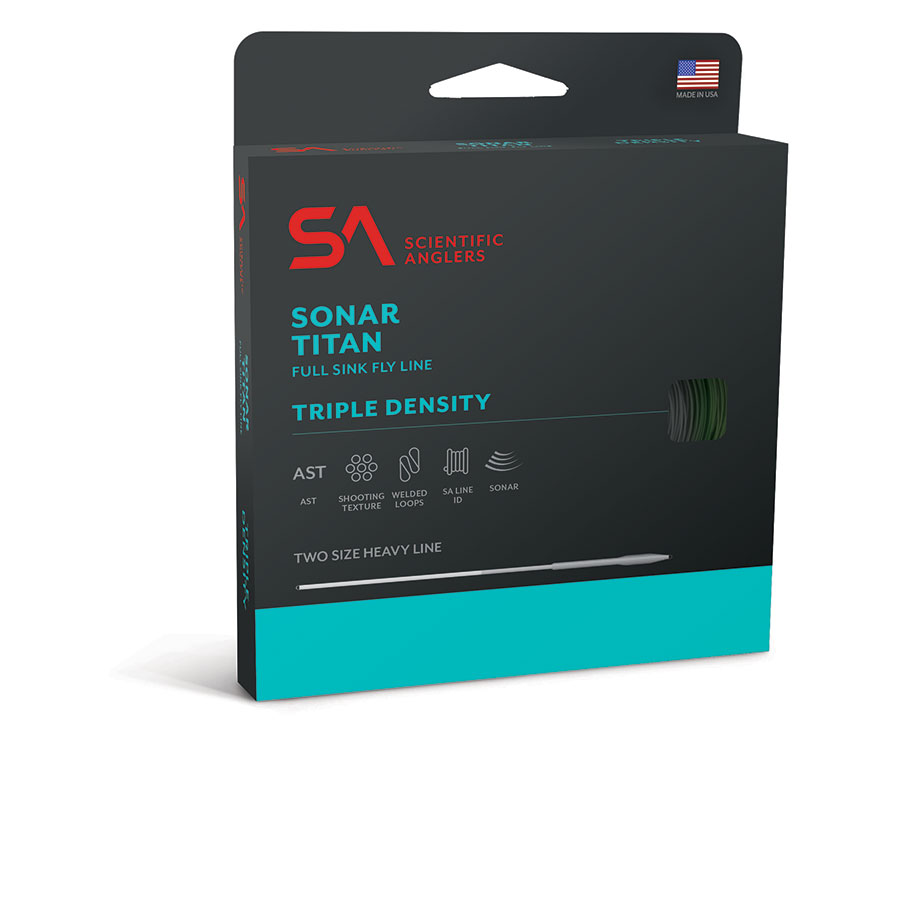
3. Scientific Anglers 25 Cold
The 25 Cold series come in variable sink rates, depending on the rod weight that you are using. All have 25-foot sinking portions with a good, contrasting colour change to indicate the business distance of the line for recasting. For me, when fishing pike and muskie on big water, casting big flies, these lines really shine. I personally don’t fish the lighter lines in this series, (150g/200G) because I think the 3D lines are more versatile, but for big water and large flies on 7’s,8’s and 9wt’s, you can’t go wrong with the 250 to 350 grains. These lines cast very nicely when you get used to using the colour change to dial in the amount of line to carry and can achieve casts up to 70 feet with relative ease. They are almost more of a shooting line than a standard line and that’s fine by me, as it allows me to make far fewer false casts throughout the day… when you make 300 casts with a dead squirrel on the end of your line, you’ll appreciate the efficiency in the 25 Colds.
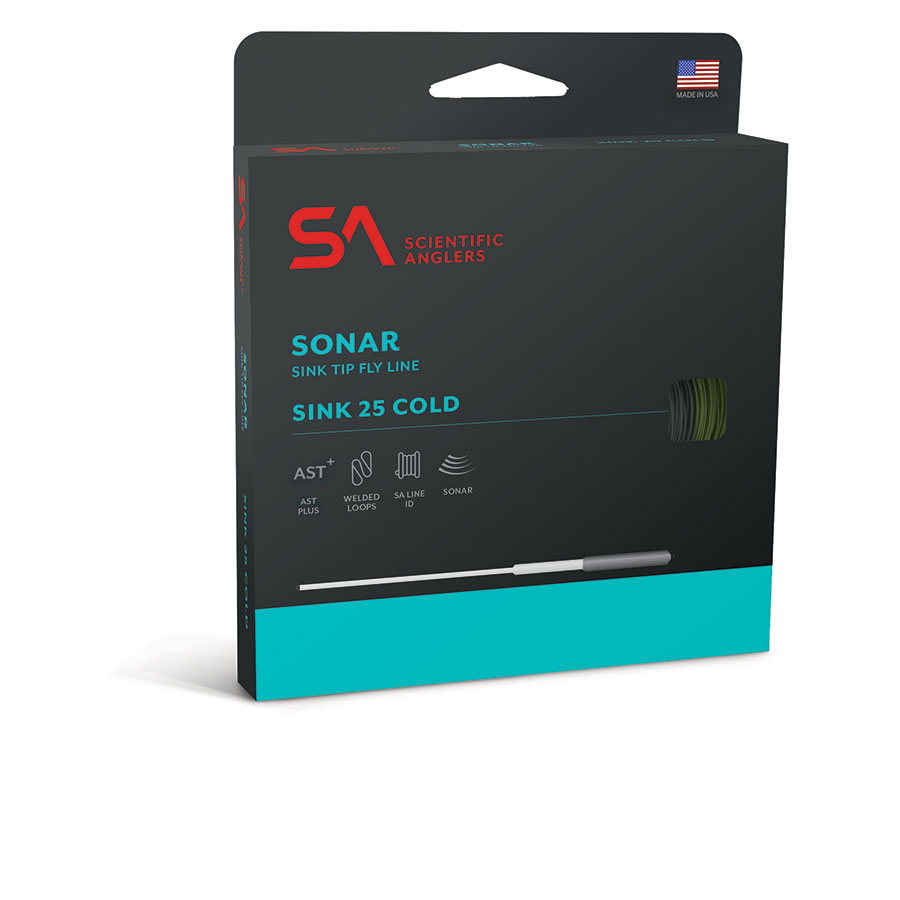
4. Rio Versi Leaders
I don’t know who started the “Versi or poly leader” products, although I believe it was Rio Products but I know this, they changed my way of thinking about sinking tips and being versatile. Versi Leaders are available in seven and ten-foot lengths, from intermediate through fast sink (7”/ sec) and essentially, turn your floating line into a sink tip without drastically changing the casting characteristics of the fly rod that you are using. They work on a simple “Loop to Loop” connection, so they are easy to change out as your needs change. Often, when I’m fishing alone, I don’t want to bring two rods or even have to keep a spare spool or reel in my vest. So with the Versi Leader, if I find myself in a situation where I want to work a particular run with a big, in-your-face streamer, I can simply remove the floating leader and switch it out with a VL of my choice. I typically carry the 10’ versions in Intermediate, medium sink and fast sink and you might be surprised at how often I pull these out. The big advantage with these is, that they are a relatively cost-effective way to fish with more subsurface versatility and will give the novice fly caster a sense of what they are getting into. They are not perfect and will not be a replacement for other sinking lines but they do give you an advantage when the need comes up to get down and stay down.
Plan Your Fly Fishing Visit to Ontario Today
Grab your sinking line and come cast a line on Ontario waters.
Recommended Articles

Leuenberger Air Service Is Your Ticket to Ontario's Best Fishing

Four Fantastic Ontario Musky Waters
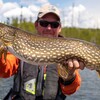
Top Flies for Northern Pike
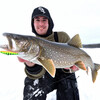
How To Stay Really Warm This Winter: The Second Edition

Miles Bay Camp
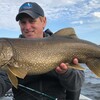
Cat Island Lodge
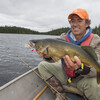
Kicking It Old School

First Class Fishing Vacations
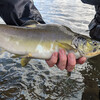
Steelhead and Salmon of Northern Ontario
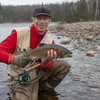
Level Up Your Fly Fishing Game
Brennan Harbour Resort
Mashkinonje Lodge
Sniping For Lake Trout
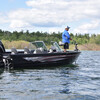
The Best of Both Worlds

Pot of Golden Walleye

Smallmouth At Lakair Lodge

Walleye Sunsets

Top 5 Tips To Fish Smallmouth Bass in Ontario
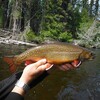
Terrestrial Flies for Brook Trout

